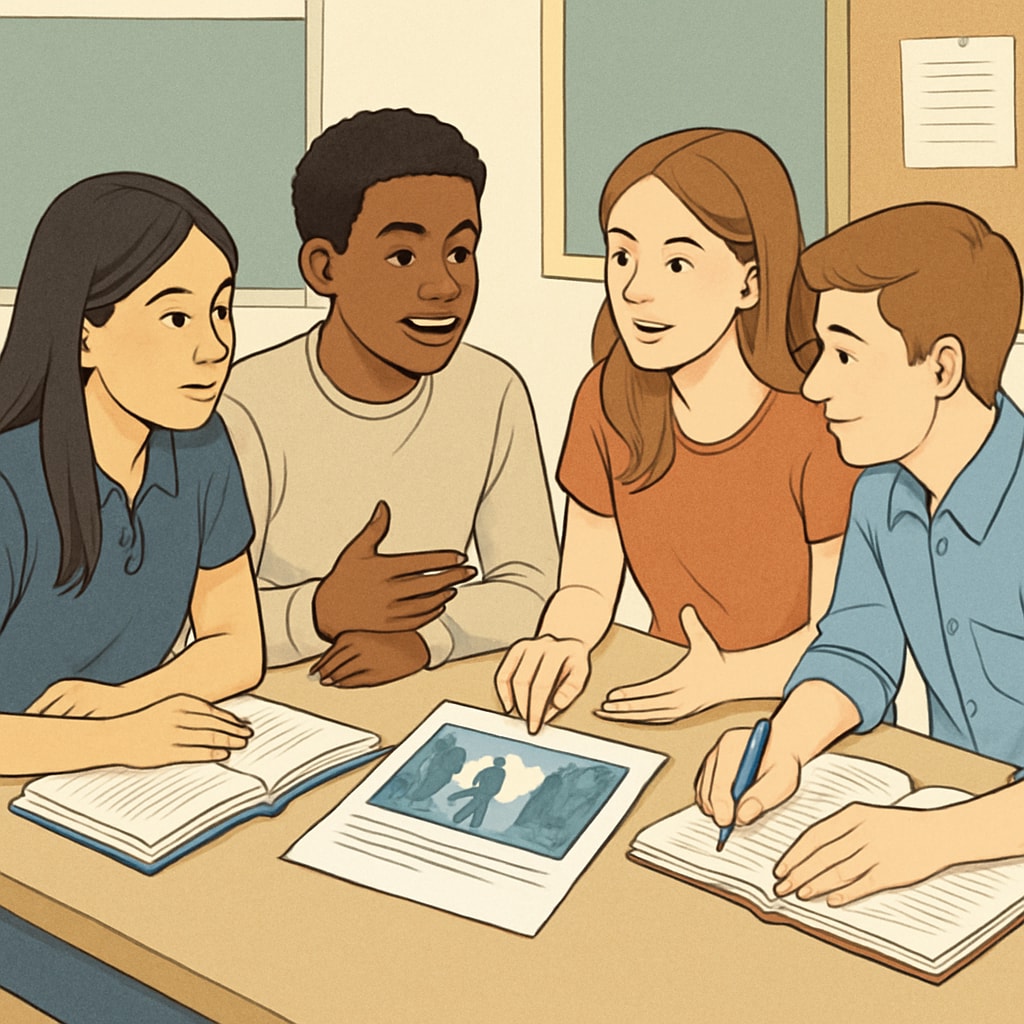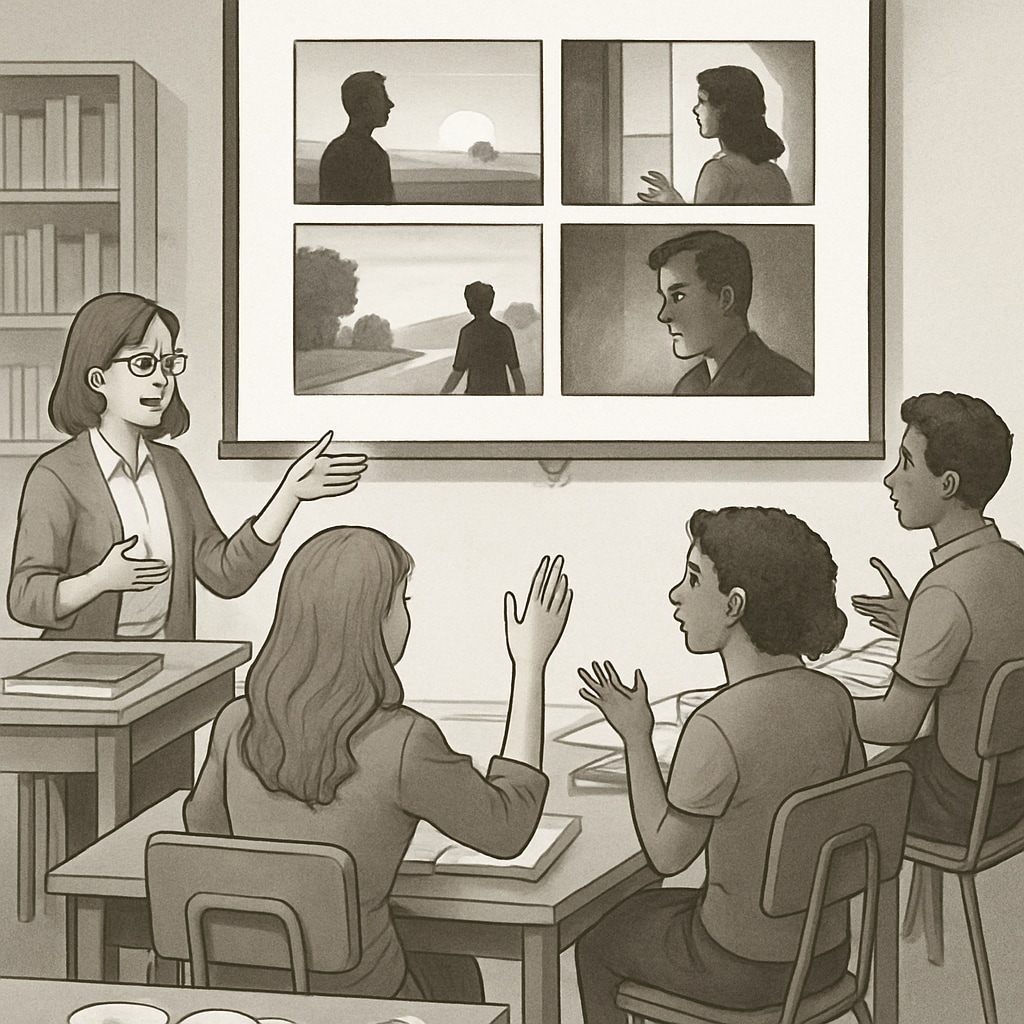In today’s fast-paced digital age, the intersection of education and technology is becoming increasingly significant. One prime example is the use of AI writing prompts, media literacy, and visual storytelling in high school classrooms. Designed for grades 9-12, these free resources equip students with crucial skills in critical thinking and creative expression. Teachers can seamlessly incorporate tools like ChatGPT into English, Media Studies, and Creative Writing courses, fostering a new era of interactive, skill-based learning.
How AI Writing Prompts Enhance Media Literacy
Media literacy is no longer an optional skill—it’s a necessity in a world flooded with digital content. AI writing prompts serve as a structured way to introduce students to critical analysis of the media they consume. By guiding them through activities like crafting narratives, analyzing visual elements, or reimagining storylines, these prompts help students understand how media messages are constructed and how they influence audiences.
For example, a writing prompt might ask students to rewrite the ending of a popular movie from a different character’s perspective. This exercise encourages them to think deeply about narrative structure, character development, and audience expectations. As a result, they become more discerning consumers and creators of media.

Fostering Creativity Through Visual Storytelling
Visual storytelling is a critical component of media literacy that often goes underexplored in traditional curricula. AI-powered writing tools can help bridge this gap by offering prompts that encourage students to think visually. For instance, students might be tasked with describing a scene in vivid detail, using sensory language to paint a picture for the reader. Alternatively, they could analyze how lighting and camera angles contribute to the mood of a film scene.
In addition to fostering creativity, these activities build technical skills. Students learn to articulate their ideas clearly and support their arguments with evidence—skills that are invaluable in both academic and professional settings.

Integrating AI Tools into High School Curricula
Integrating AI tools like ChatGPT into the classroom doesn’t have to be complicated. Teachers can start with a simple framework of five sample prompts, each designed to target specific learning objectives:
- Character Analysis: “Describe a character’s motivations and how they drive the plot of a movie or book.”
- Scene Reimagination: “Rewrite a key scene from a film using a different setting or time period.”
- Media Comparison: “Compare and contrast how a story is told in a book versus its movie adaptation.”
- Visual Analysis: “Analyze how color palettes and lighting influence the mood of a specific scene.”
- Critical Evaluation: “Critique a film’s portrayal of social issues and suggest improvements.”
These prompts can be adapted to suit various subjects, from English Literature to Media Studies. By incorporating AI tools, teachers can provide instant feedback, generate discussion topics, and even personalize assignments based on students’ interests and skill levels.
Overcoming Challenges and Maximizing Benefits
While the benefits of using AI in education are clear, challenges such as accessibility and ethical considerations must be addressed. Schools need to ensure that all students have access to the necessary technology and that privacy concerns are respected. Additionally, teachers should guide students on the ethical use of AI, emphasizing its role as a tool to augment, not replace, human creativity.
When implemented thoughtfully, these AI-powered resources can transform the way students engage with media, preparing them for a future where digital literacy is paramount.
In conclusion, integrating AI writing prompts, media literacy, and visual storytelling into high school curricula has the potential to revolutionize education. By fostering creativity, critical thinking, and technical skills, these tools empower students to navigate and contribute to the media landscape with confidence.
Readability guidance: Use concise paragraphs and bullet points to summarize key ideas. Incorporate transitional phrases to maintain flow. Ensure accessibility by minimizing jargon and explaining technical terms where necessary.


